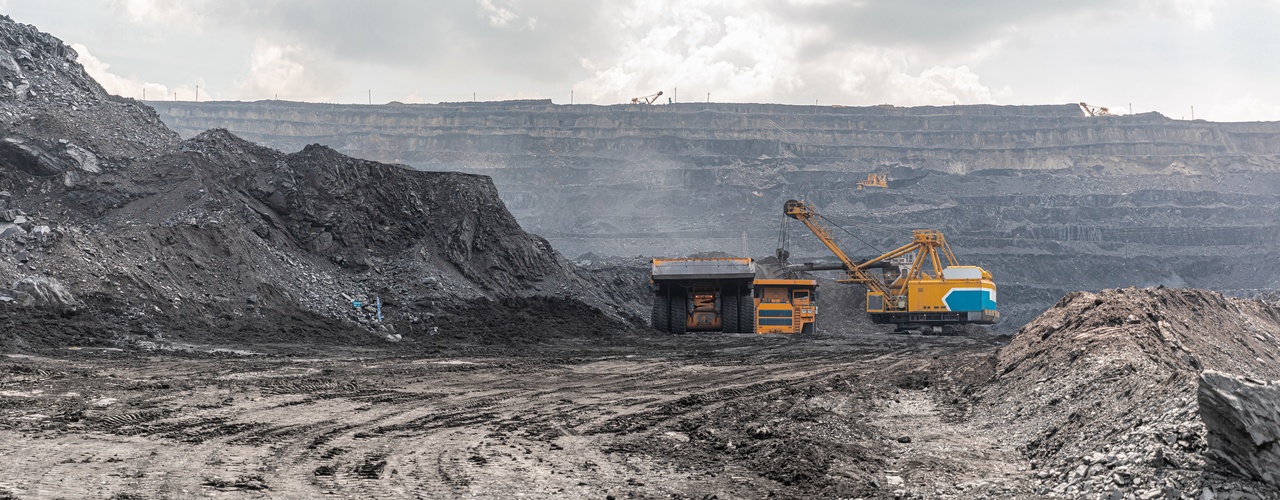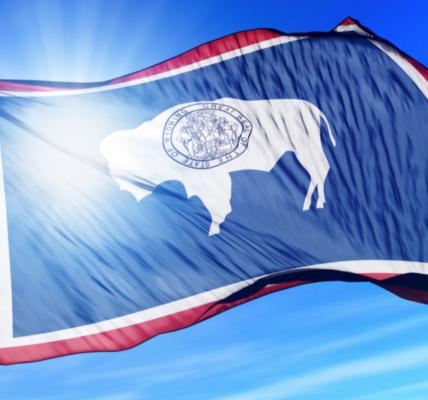Since 1868, mining has played a central role in Wyoming’s economy, spanning coal, trona, and uranium extraction. However, its effect on soil health remains a crucial concern. Let’s explore the impact of mining and oil drilling on soil health, highlighting how these activities disrupt local ecosystems, contaminate the soil, and undermine long-term sustainability.
Mining’s Impact on Soil Health
Mining severely impacts soil health. Workers remove topsoil, which is essential for agriculture and plant growth. This removal exposes the lower layers of the soil, depleting nutrients and turning fertile land into barren territory. For example, in the Powder River Basin, mining has caused significant soil erosion and contamination. Although reclamation efforts are underway, full recovery could take decades.
The critical role of soil sampling in agriculture becomes evident here, as it helps identify nutrient deficiencies and contamination, guiding efforts to restore and improve soil health in affected areas.
Additionally, mine tailings pose further risks to soil quality. These tailings contain heavy metals such as arsenic, cadmium, lead, mercury, and zinc. As these toxic substances seep into the soil and water, they threaten plant growth, wildlife habitats, and human health.
Soil Degradation From Oil Drilling
While mining poses serious risks, oil and gas drilling introduces its own unique challenges to soil health. Oil drilling involves the extraction of hydrocarbons from beneath the earth’s surface. Toxic by-products such as drilling fluids, salts, and hydrocarbons are then released into the environment, harming nearby crops and grazing land and negatively impacting the health of farm animals and food production.
The air pollution from flaring and venting alters the soil’s chemical properties, compromising its ability to support agriculture. Leachates from contaminated soil may seep into groundwater, contaminating water sources for local communities.
Potential Solutions
Addressing these soil challenges requires a multifaceted approach. Solutions include soil remediation techniques like revegetation, bioremediation, and chemical treatments to help restore ecosystems.
In addition to these remediation efforts, stronger environmental regulations should be implemented to enforce pollution prevention and land reclamation using advanced monitoring. Furthermore, encouraging sustainable business practices, such as reducing waste and adopting eco-friendly technologies, is key.
Beyond regulatory measures, collaboration between industries, government, conservationists, and local communities ensures shared responsibility and accountability. Lastly, recognizing the critical role of soil sampling in agriculture can help farmers monitor soil health and manage the impacts of oil and mining activities on their land.
Protecting Wyoming’s Soil for Future Generations
The impact of mining and oil drilling on Wyoming’s soil is profound, but it’s not irreversible. By taking purposeful steps toward sustainable practices and stronger regulations, we can mitigate damage and preserve this critical resource.
Addressing the impact of mining and oil drilling on soil health is not just about protecting the environment; it’s about safeguarding the health, economy, and heritage of Wyoming for generations to come.





